15 Antique Weapons and Their Fascinating History
RobynHitchcock
Published
05/13/2020
in
ouch
If you like these, check out more at @antique_steel.
- List View
- Player View
- Grid View
Advertisement
-
1.
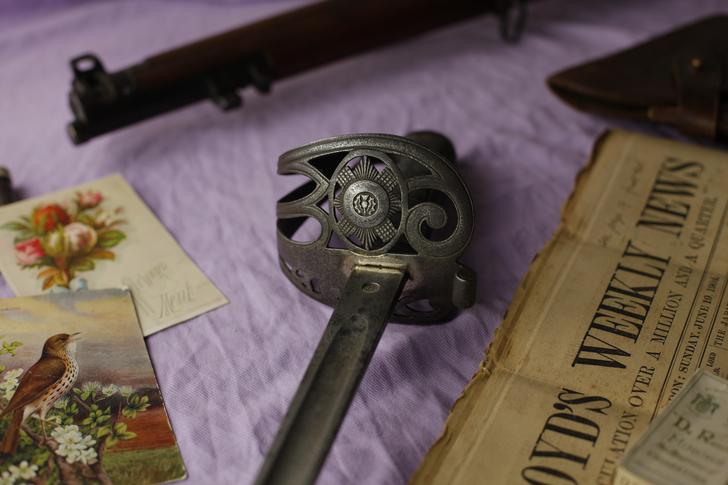 A Scots Guards sword from the very early 1900s. The Scots Guards is a prestigious British infantry regiment with many proud traditions. The maker was probably Pillin and the retailer, W. Cater & Co of 56 Pall Mall, London, had trading dates under that name and address from 1900 to 1911. The blade was plated with small amounts remaining and it shows King Edward VII’s royal cypher (I think he was also their colonel-in-chief at this time) and the following battle honours: Waterloo, Peninsula War, Egypt, Barrosa, Talavera, Dettingen, Lincelles, Alma, Inkerman, Sevastopol, Tel-er-Kebir, Egypt 1882, Suakin 1885, Modder River, South Africa 1899–1902. The blade has a very deep fuller (it's not called a blood groove) and would only have been sharpened at the tip.
A Scots Guards sword from the very early 1900s. The Scots Guards is a prestigious British infantry regiment with many proud traditions. The maker was probably Pillin and the retailer, W. Cater & Co of 56 Pall Mall, London, had trading dates under that name and address from 1900 to 1911. The blade was plated with small amounts remaining and it shows King Edward VII’s royal cypher (I think he was also their colonel-in-chief at this time) and the following battle honours: Waterloo, Peninsula War, Egypt, Barrosa, Talavera, Dettingen, Lincelles, Alma, Inkerman, Sevastopol, Tel-er-Kebir, Egypt 1882, Suakin 1885, Modder River, South Africa 1899–1902. The blade has a very deep fuller (it's not called a blood groove) and would only have been sharpened at the tip. -
2.
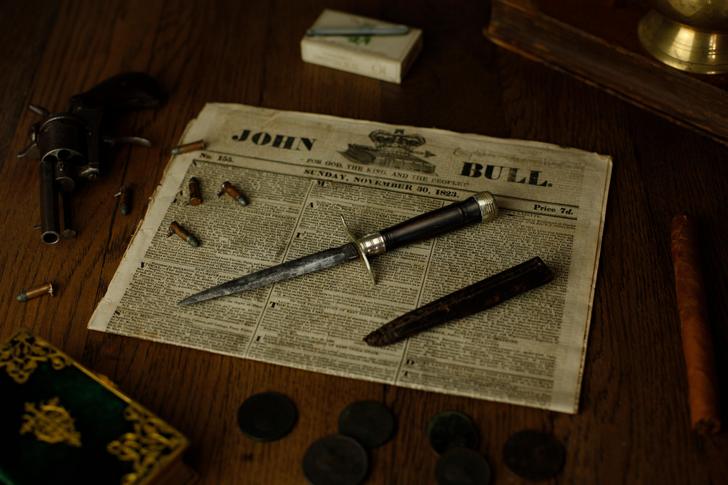 A Victorian 'prostitute's dagger'. Also called gamblers' daggers as they were easy to conceal. Victorian streets were dangerous and dark so it was natural to want some PPE.
A Victorian 'prostitute's dagger'. Also called gamblers' daggers as they were easy to conceal. Victorian streets were dangerous and dark so it was natural to want some PPE. -
3.
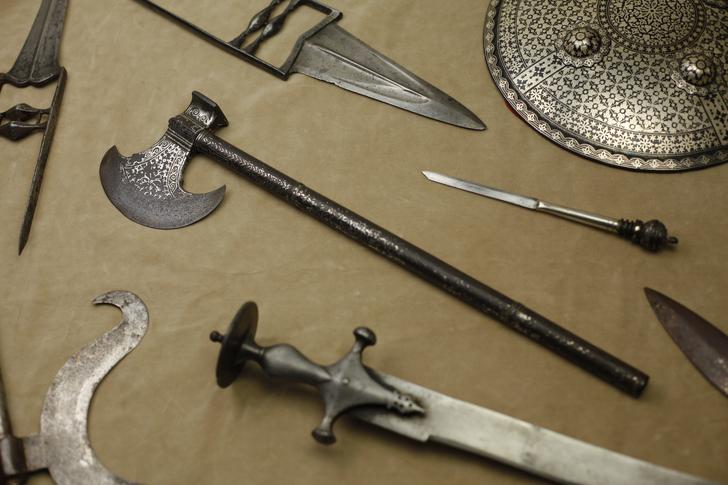 Indian weaponry. The central piece is a tabarzine (or, saddle axe) and it has a concealed dagger in the handle (shown above it). Note the small size: real fighting axes were rarely big - this is one of the greatest Hollywood weaponry myths.
Indian weaponry. The central piece is a tabarzine (or, saddle axe) and it has a concealed dagger in the handle (shown above it). Note the small size: real fighting axes were rarely big - this is one of the greatest Hollywood weaponry myths. -
4.
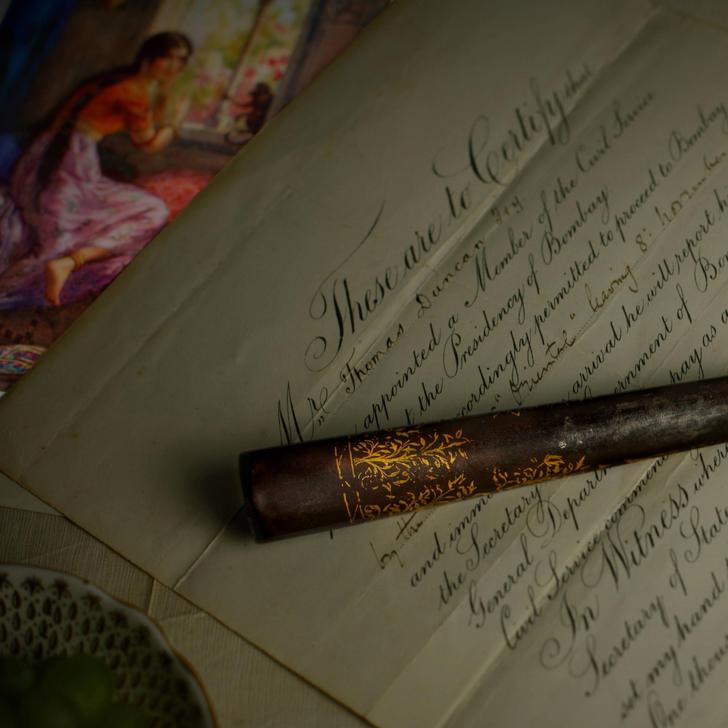 One of my favourite pieces: an antique British spearhead by Eroom & Co of Calcutta, decorated with fine gold inlay in the Indian style - perfectly Anglo-Indian. Hunting has always been a popular hobby for the wealthier Indians and the British loved it too with many accounts of army officers taking part readable online. Hunts were often dangerous and ended in death - not just for the prey. Famously, William Raikes Hodson used a hogspear like this in battle and managed to kill perhaps 12 armed mutineers with it as they charged through a doorway.
One of my favourite pieces: an antique British spearhead by Eroom & Co of Calcutta, decorated with fine gold inlay in the Indian style - perfectly Anglo-Indian. Hunting has always been a popular hobby for the wealthier Indians and the British loved it too with many accounts of army officers taking part readable online. Hunts were often dangerous and ended in death - not just for the prey. Famously, William Raikes Hodson used a hogspear like this in battle and managed to kill perhaps 12 armed mutineers with it as they charged through a doorway. -
5.
 A mid-Victorian fighting dagger, probably owned by a gentleman out in India. The handle is made from horn with a jade inset and the blade might be from the Georgian era.
A mid-Victorian fighting dagger, probably owned by a gentleman out in India. The handle is made from horn with a jade inset and the blade might be from the Georgian era. -
6.
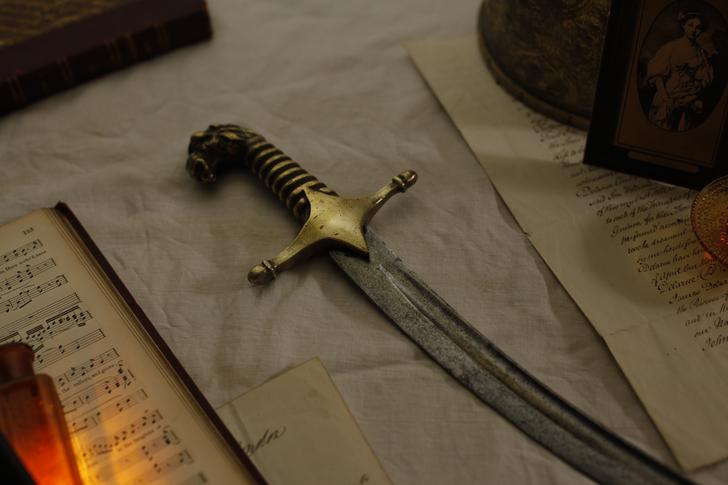 The hilt of an early bandsman's sabre. Buglers, drummers and pipers were vital on the battlefields of the 1700s as they communicated orders and boosted morale.
The hilt of an early bandsman's sabre. Buglers, drummers and pipers were vital on the battlefields of the 1700s as they communicated orders and boosted morale. -
7.
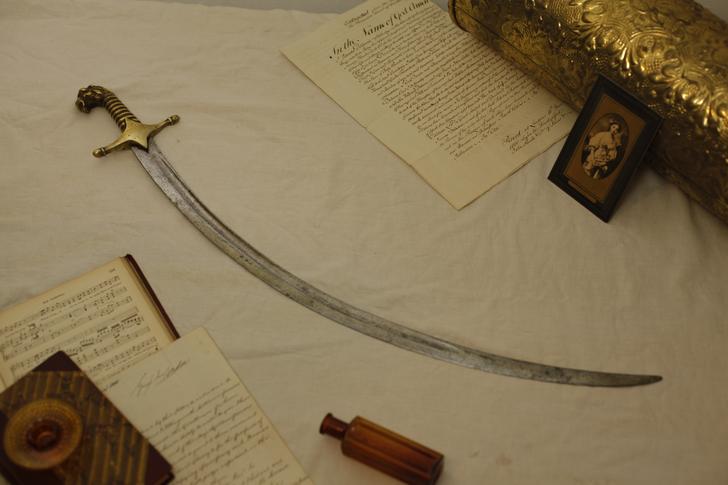 A full-length of the above 'shamshir'.
A full-length of the above 'shamshir'. -
8.
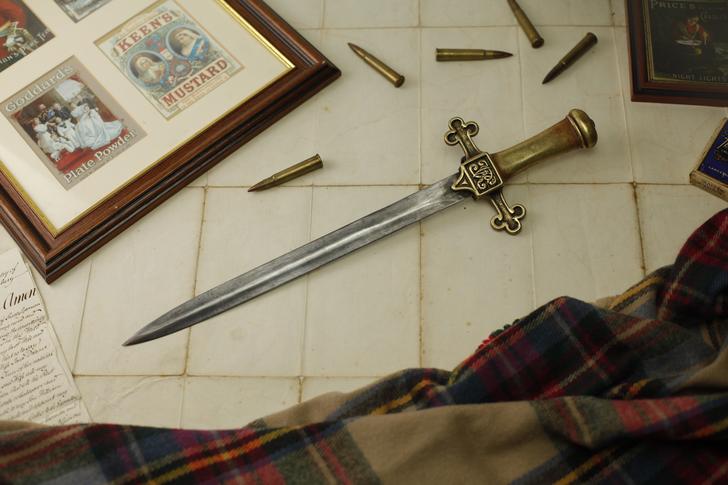 A late Victorian drummer's sword. By this time, swords had much lessened effect on the battlefield but many were still made to be deadly in hand-to-hand combat.
A late Victorian drummer's sword. By this time, swords had much lessened effect on the battlefield but many were still made to be deadly in hand-to-hand combat. -
9.
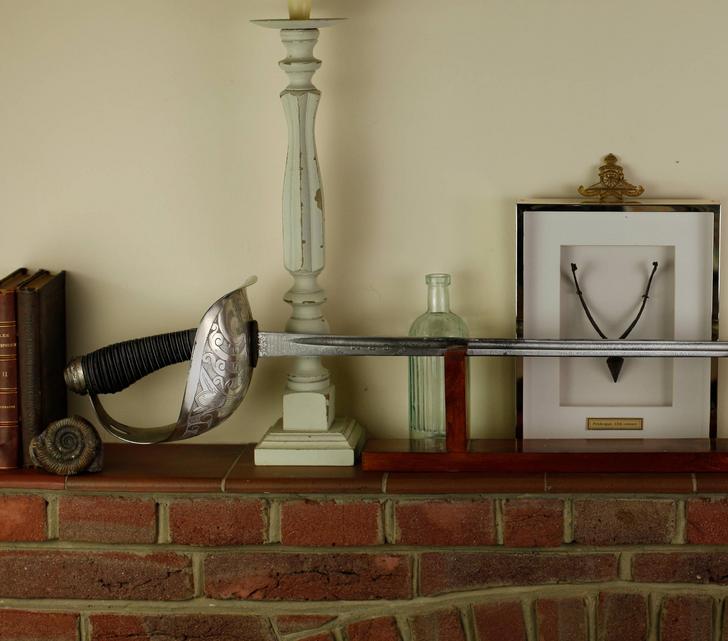 A WWI-era officer's cavalry sword. This pattern of sword apparently made the first kill of the War - does anyone know the story? This particular pattern went with a captain of the Welsh Horse to Gallipoli and was made by Henry Wilkinson, the best maker of the day.
A WWI-era officer's cavalry sword. This pattern of sword apparently made the first kill of the War - does anyone know the story? This particular pattern went with a captain of the Welsh Horse to Gallipoli and was made by Henry Wilkinson, the best maker of the day. -
10.
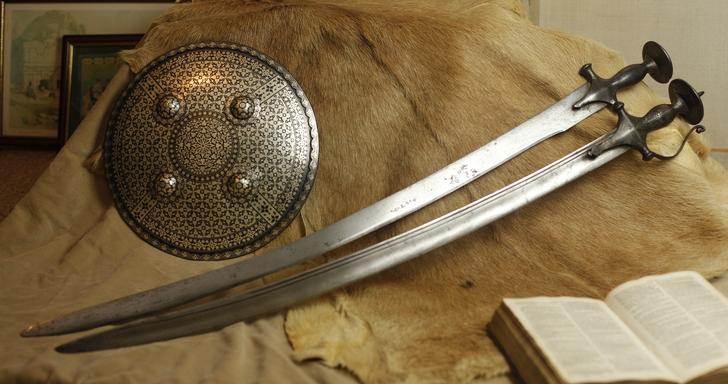 Two Indian tulwars with a newly made 'dhal' shield of the kind the swords would be used with. The shield is made from iron and inlaid with silver floral designs in the traditional manner. Local Indian manufacturing techniques haven't changed much for centuries.
Two Indian tulwars with a newly made 'dhal' shield of the kind the swords would be used with. The shield is made from iron and inlaid with silver floral designs in the traditional manner. Local Indian manufacturing techniques haven't changed much for centuries. -
11.
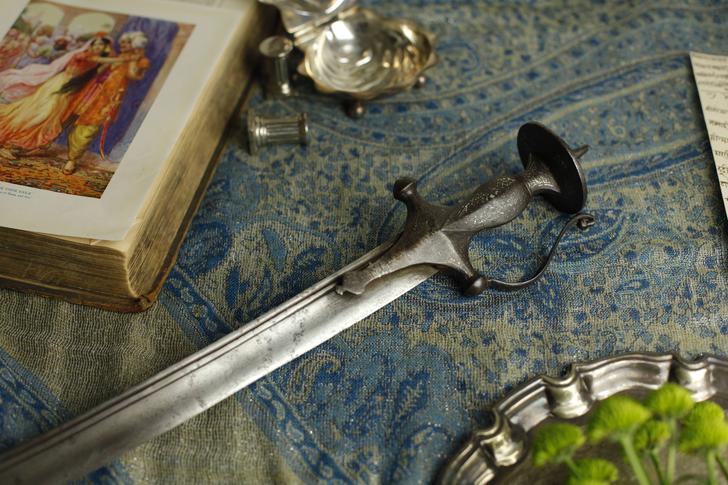 A solo image of the previous tulwar. You can just make out the silver inlaid into the hilt - this is called koftgari.
A solo image of the previous tulwar. You can just make out the silver inlaid into the hilt - this is called koftgari. -
12.
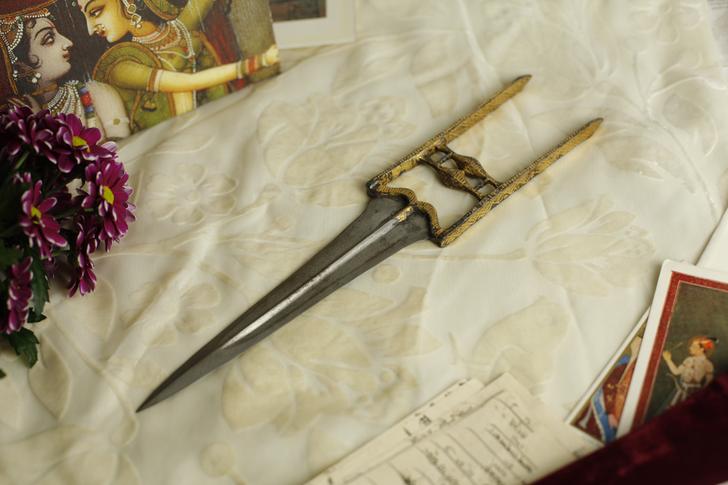 A beautiful Indian katar with a wootz steel blade and geometric gold decorations to the hilt. These were made to punch through mail armour and became a normal part of men's social dresswear.
A beautiful Indian katar with a wootz steel blade and geometric gold decorations to the hilt. These were made to punch through mail armour and became a normal part of men's social dresswear. -
13.
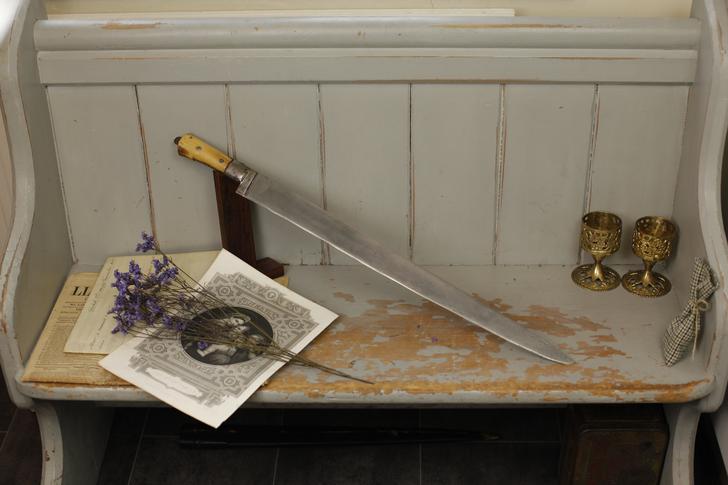 An Afghan Khyber knife, maybe 1700s in date. You would use this alongside a shield, and probably have a musket and a dagger called a pesh kabz too. Afghanistan was a perilous place and it paid well to be heavily armed.
An Afghan Khyber knife, maybe 1700s in date. You would use this alongside a shield, and probably have a musket and a dagger called a pesh kabz too. Afghanistan was a perilous place and it paid well to be heavily armed. -
14.
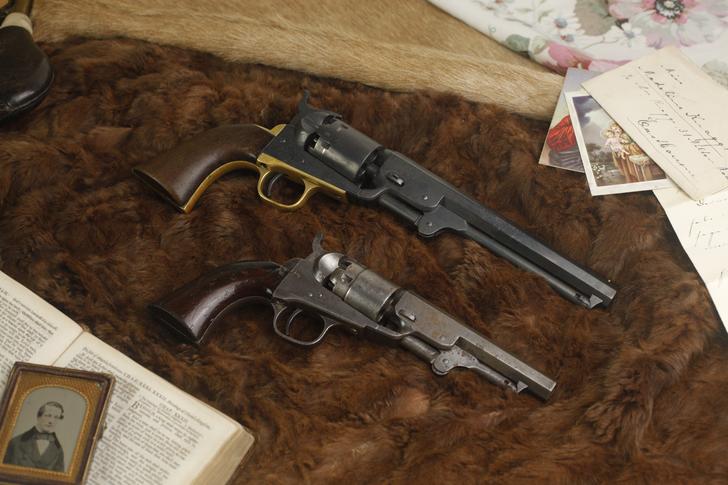 Two gorgeous Colts, one a Pocket Model made in London and the other an American-made Navy proofed in London and likely bought by a British Victorian officer as his sidearm.
Two gorgeous Colts, one a Pocket Model made in London and the other an American-made Navy proofed in London and likely bought by a British Victorian officer as his sidearm. -
15.
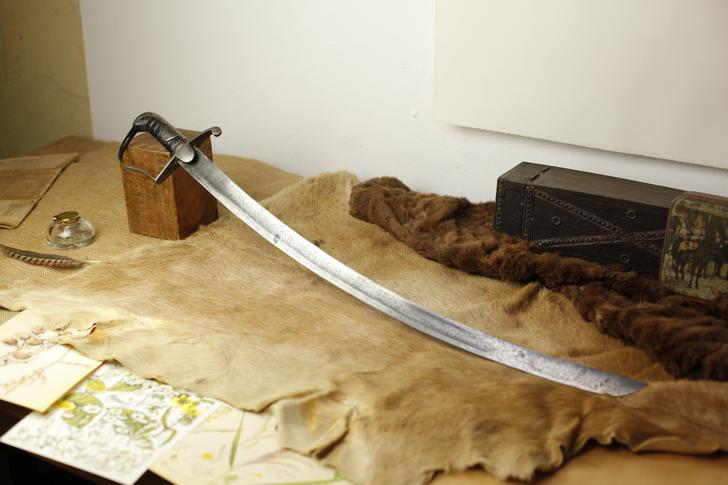 A 1796 Pattern, used by British light cavalry through the Napoleonic Wars and much loved by users and collectors alike. This type of weapon accrued a fearsome reputation for being able to lop off limbs, heads and other Frenchmen's parts.
A 1796 Pattern, used by British light cavalry through the Napoleonic Wars and much loved by users and collectors alike. This type of weapon accrued a fearsome reputation for being able to lop off limbs, heads and other Frenchmen's parts.
A Scots Guards sword from the very early 1900s. The Scots Guards is a prestigious British infantry regiment with many proud traditions. The maker was probably Pillin and the retailer, W. Cater & Co of 56 Pall Mall, London, had trading dates under that name and address from 1900 to 1911. The blade was plated with small amounts remaining and it shows King Edward VII’s royal cypher (I think he was also their colonel-in-chief at this time) and the following battle honours: Waterloo, Peninsula War, Egypt, Barrosa, Talavera, Dettingen, Lincelles, Alma, Inkerman, Sevastopol, Tel-er-Kebir, Egypt 1882, Suakin 1885, Modder River, South Africa 1899–1902. The blade has a very deep fuller (it's not called a blood groove) and would only have been sharpened at the tip.
15/15
1/15






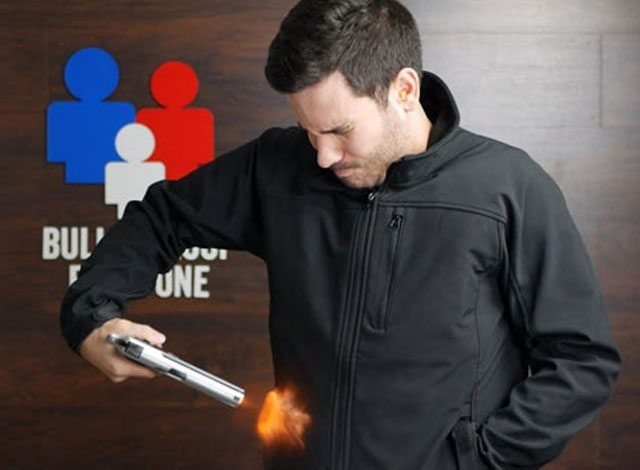


8 Comments